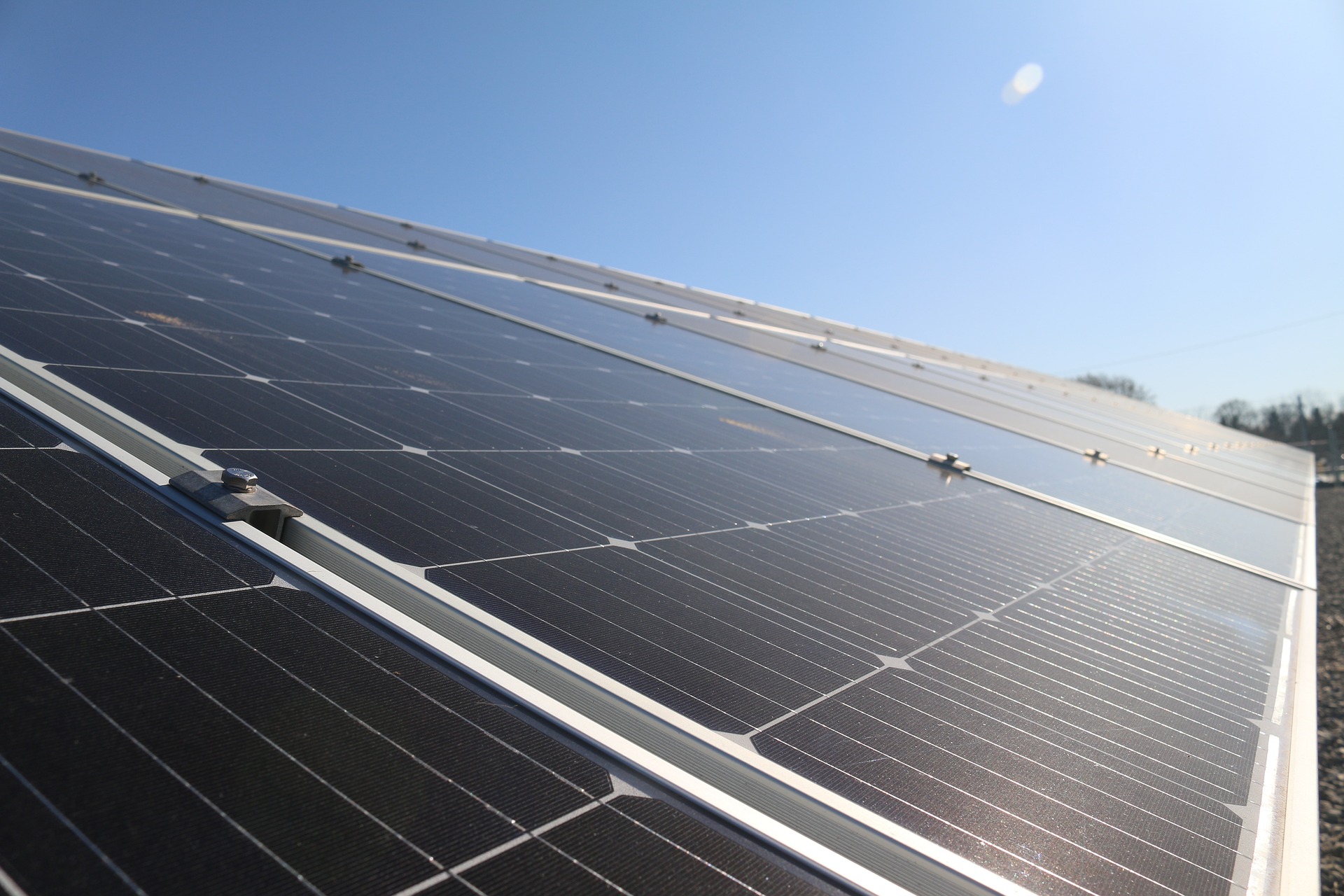Solar energy is one of the most popular and environment-friendly sources of energy for residential and commercial use. With the increasing demand for solar energy, more and more people are now considering solar systems for their homes. But one of the most common questions that people ask is, how big of a solar system do you need for a house?
In this blog post, we’ll discuss the factors that determine the size of a solar system required for a house and how to calculate it in meters. Factors That Determine the Size of a Solar System The size of a solar system required for a house depends on several factors, including the amount of energy the house consumes, the geographic location of the house, and the available space for the solar panels.
1.The amount of energy a house consumes is the most critical factor in determining the size of a solar system required for the house. The higher the energy consumption, the more significant the solar system required. To determine the energy consumption of your house, you need to check your electricity bills to see how many kilowatt-hours (kWh) of electricity you use each month.
2. Geographic Location The geographic location of the house also plays a vital role in determining the size of a solar system required. The amount of sunlight that a location receives affects the amount of energy that can be generated by the solar panels.
For example, a house located in a sunny area will require a smaller solar system compared to a house located in a less sunny area.
3. Available Space The available space for the solar panels is another factor that determines the size of a solar system required. The more space available for the solar panels, the larger the solar system that can be installed. If you have limited space, you may need to consider using higher efficiency solar panels or installing a smaller solar system.
How to Calculate the Size of a Solar System Now that you know the factors that determine the size of a solar system required for a house, let’s see how to calculate it in meters.
1. Determine Your Energy ConsumptionTo determine your energy consumption in kWh, check your electricity bills for the past 12 months. Add up the total kWh usage for the year and divide it by 12 to get the average monthly usage.
2. Calculate the Solar System Size To calculate the size of the solar system required, you need to divide your average monthly energy consumption by the solar panel’s efficiency, which is measured in kilowatts peak (kWp). The efficiency of a solar panel is the amount of power it can generate under standard test conditions.
For example, if your average monthly energy consumption is 1000 kWh, and you want to install solar panels with an efficiency of 250 Wp, you need to divide 1000 by 0.25 (250Wp/1000), which gives you 4 kWh. This means that you need a 4 kWh solar system to meet your energy needs.
3. Determine the Space Required The space required for the solar panels depends on the number of panels required for the solar system and the size of each panel. The size of a solar panel varies, but the average size is around 1.6 meters by 1 meter.For example, if you need a 4 kWh solar system, and the solar panels you’re using are 1.6 meters by 1 meter, you’ll need around 16 panels.
To calculate the total space required, multiply the number of panels by the size of each panel, which gives you 25.6 square meters (16 panels x 1.6 meters x 1 meter).
Conclusion The size of a solar system required for a house depends on several factors, including energy consumption, geographic location, and available space. To calculate the size of a solar system in meters, you need to determine your energy consumption, calculate the solar system size, and determine the space required. By using these calculations, you can determine the size of the solar system required to meet your energy needs.

